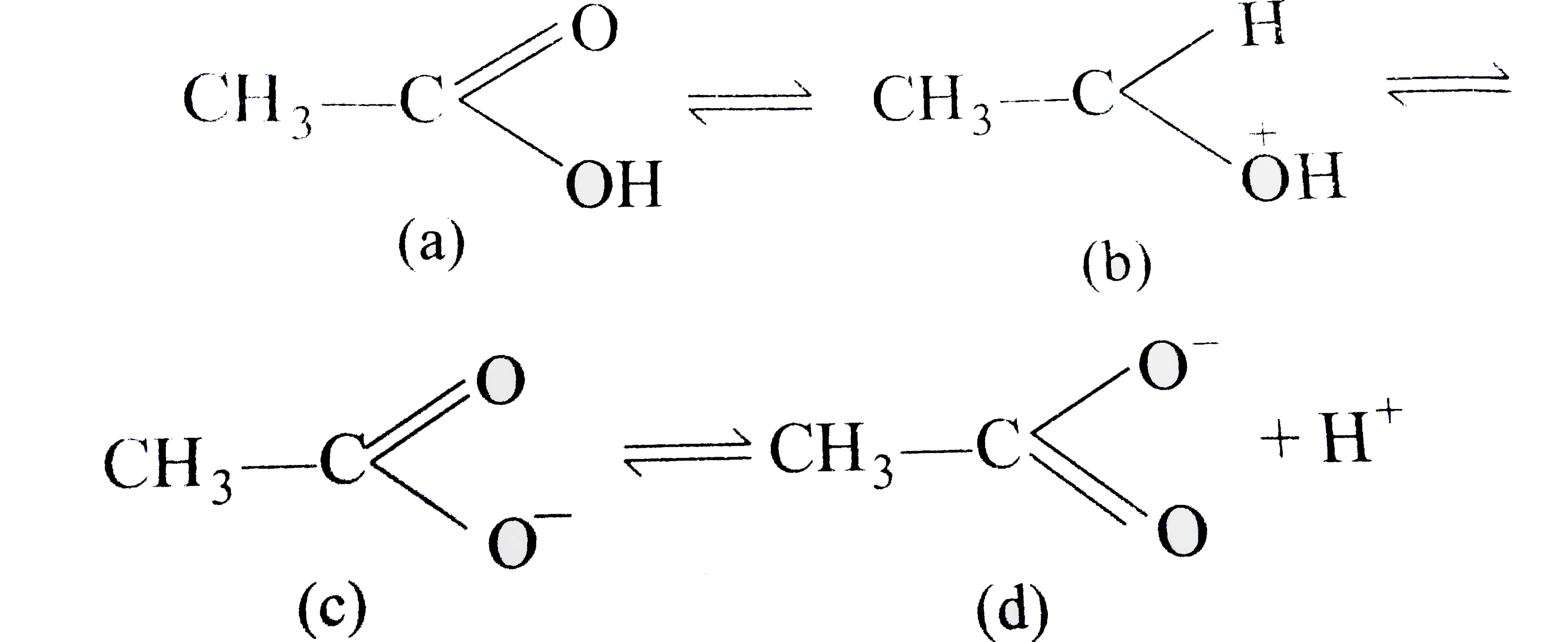Which of the following molecules is least resonance stabilized ?




To determine which molecule is least resonance stabilized among the given options (benzene, furan, and pyridine), we will analyze the resonance structures of each molecule step by step.
Step 1: Analyze Benzene
1. Draw the structure of benzene: Benzene is a six-membered carbon ring with alternating double bonds, represented as C6H6.
2. Identify resonance: Benzene has a high degree of resonance due to its symmetrical structure. The double bonds can shift around the ring, leading to multiple resonance structures.
3. Resonance structures: The resonance structures can be represented as:
- Structure 1: C=C-C=C-C=C (with alternating double bonds)
- Structure 2: C-C=C-C=C-C (where the double bonds shift)
- This leads to an average structure where all C-C bonds are equivalent.
Step 2: Analyze Furan
1. Draw the structure of furan: Furan is a five-membered ring containing one oxygen atom and four carbon atoms.
2. Identify resonance: Furan also exhibits resonance due to the presence of the oxygen atom, which can participate in resonance.
3. Resonance structures: The resonance structures can be represented as:
- Structure 1: O=C-C=C-C (with a double bond between the oxygen and one carbon)
- Structure 2: C=C-O-C (where the double bond shifts)
- This leads to resonance stabilization due to the delocalization of electrons.
Step 3: Analyze Pyridine
1. Draw the structure of pyridine: Pyridine is a six-membered ring with one nitrogen atom and five carbon atoms.
2. Identify resonance: Pyridine has resonance, but it is less than that of benzene due to the nitrogen atom's electronegativity, which affects the delocalization of electrons.
3. Resonance structures: The resonance structures can be represented as:
- Structure 1: C=C-C=C-C-N (with nitrogen contributing to the resonance)
- Structure 2: C=C-C-N=C (where the double bond shifts)
- The nitrogen atom can hold a lone pair, but it does not contribute as effectively to resonance as the carbon atoms in benzene.
Conclusion
After analyzing the resonance structures of benzene, furan, and pyridine, we can conclude that:
- Benzene has the most resonance stabilization due to its symmetrical structure and complete delocalization of electrons.
- Furan has significant resonance stabilization due to the presence of oxygen.
- Pyridine has the least resonance stabilization because the nitrogen atom's electronegativity limits the resonance compared to benzene and furan.
Thus, the molecule that is least resonance stabilized is pyridine.
1. Draw the structure of benzene: Benzene is a six-membered carbon ring with alternating double bonds, represented as C6H6.
2. Identify resonance: Benzene has a high degree of resonance due to its symmetrical structure. The double bonds can shift around the ring, leading to multiple resonance structures.
3. Resonance structures: The resonance structures can be represented as:
- Structure 1: C=C-C=C-C=C (with alternating double bonds)
- Structure 2: C-C=C-C=C-C (where the double bonds shift)
- This leads to an average structure where all C-C bonds are equivalent.
1. Draw the structure of furan: Furan is a five-membered ring containing one oxygen atom and four carbon atoms.
2. Identify resonance: Furan also exhibits resonance due to the presence of the oxygen atom, which can participate in resonance.
3. Resonance structures: The resonance structures can be represented as:
- Structure 1: O=C-C=C-C (with a double bond between the oxygen and one carbon)
- Structure 2: C=C-O-C (where the double bond shifts)
- This leads to resonance stabilization due to the delocalization of electrons.
1. Draw the structure of pyridine: Pyridine is a six-membered ring with one nitrogen atom and five carbon atoms.
2. Identify resonance: Pyridine has resonance, but it is less than that of benzene due to the nitrogen atom's electronegativity, which affects the delocalization of electrons.
3. Resonance structures: The resonance structures can be represented as:
- Structure 1: C=C-C=C-C-N (with nitrogen contributing to the resonance)
- Structure 2: C=C-C-N=C (where the double bond shifts)
- The nitrogen atom can hold a lone pair, but it does not contribute as effectively to resonance as the carbon atoms in benzene.
After analyzing the resonance structures of benzene, furan, and pyridine, we can conclude that:
- Benzene has the most resonance stabilization due to its symmetrical structure and complete delocalization of electrons.
- Furan has significant resonance stabilization due to the presence of oxygen.
- Pyridine has the least resonance stabilization because the nitrogen atom's electronegativity limits the resonance compared to benzene and furan.
Similar Questions
Knowledge Check
Which of the following molecules is least resonance stabilized ?
A B
B C
C D
D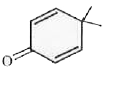
Which of the following molecules is least resonance stabilised?
A B
B C
C D
D
Which of the following molecules is least resonance stabilised?
A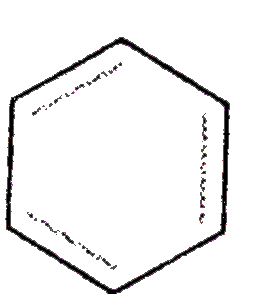 B
B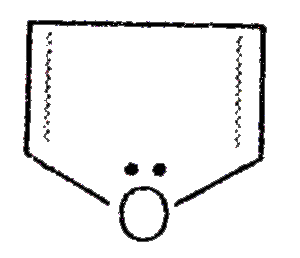 C
C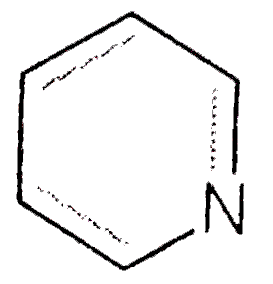 D
D
Which of the following molecules represent the resonance?
View SolutionWhich one of the following molecules exists as a resonance hybrid ?
View SolutionWhich of the following carbanions are not resonance stabilized?
View SolutionWhich of the following carbanions are not resonance stabilized?
View SolutionIn which of the following molecules or ions the resonance effect is NOT Present
View Solution

